18 Antique Treasures with Fascinating Provenance
Antiques hold a special place in many people’s hearts because they carry stories from the past. The provenance of an antique helps tell its unique history and adds to its value. Some antiques are highly sought after due to their rarity and the story behind them. Knowing where an item comes from can make all the difference for collectors. Learning about these coveted antiques and their backgrounds can deepen your appreciation for them.
This post may contain affiliate links, which helps keep this content free. Please read our disclosure for more info.
Ming Dynasty Vase
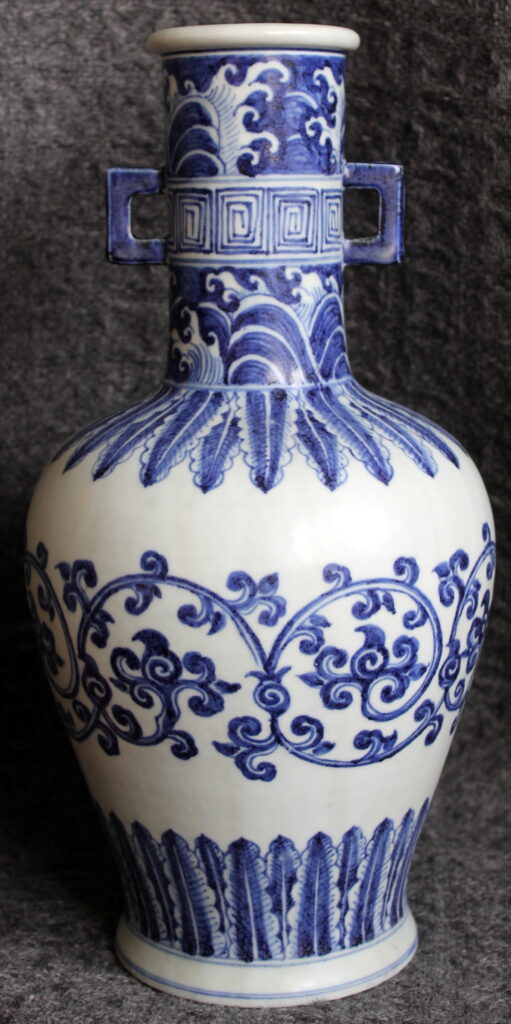
Ming Dynasty vases were created between the 14th and 17th centuries in China. They are known for their exquisite porcelain and detailed blue and white designs. Provenance is often traced through imperial records or previous collections. These vases can sell for millions of dollars depending on condition and rarity.
The craftsmanship of these pieces is highly admired around the world. Authentic Ming vases are rare and usually come with strong documentation. Their value is affected by size, age, and historical significance. They remain a symbol of fine Chinese art.
Faberge Eggs
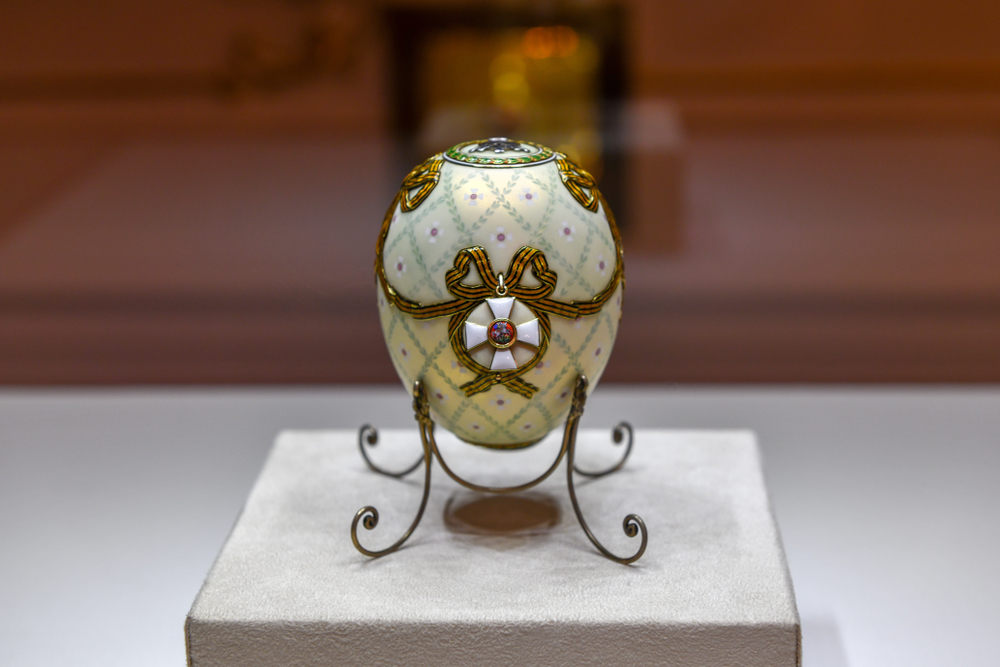
Faberge eggs were made in Russia from the late 19th to early 20th centuries for the Romanov family. Each egg is unique and often contains hidden surprises inside. Provenance usually links directly to the Russian imperial court or important private collectors. These eggs can fetch tens of millions at auction.
The intricate design and craftsmanship make them highly collectible. Many eggs are encrusted with precious gems and metals. Their historical ties to the Romanovs add to their mystique. Only a limited number were created, increasing their rarity.
Stradivarius Violin
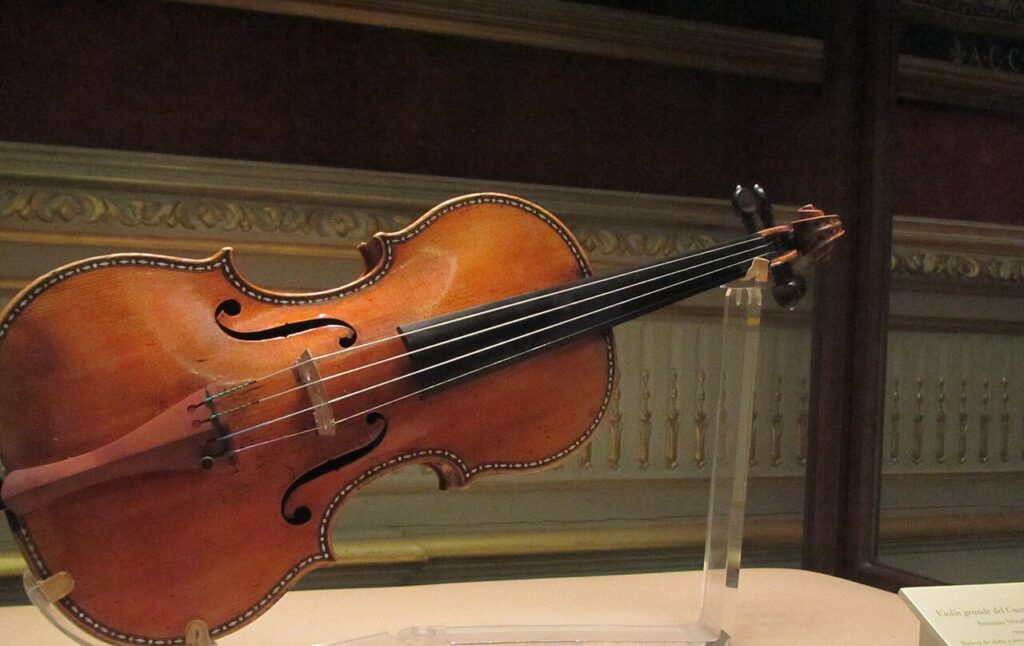
Stradivarius violins were crafted in Italy during the late 17th and early 18th centuries. The provenance is carefully documented through owners and exhibitions. These violins are famous for their superior sound quality and craftsmanship. Market value can exceed several million dollars.
Each instrument is unique and hand-made by Antonio Stradivari. Only about 600 of these violins still exist today. Their value depends on condition and historical importance. They are treasured by musicians and collectors alike.
Louis XVI Furniture

Louis XVI furniture was made in France in the late 18th century under King Louis XVI’s reign. Provenance usually ties to royal estates or prominent aristocratic families. These pieces are known for neoclassical designs and fine craftsmanship. Market prices often reach hundreds of thousands or more.
They feature elegant lines, gilt bronze, and quality woods. Documentation from royal inventories boosts value. Authenticity depends on craftsmanship and materials. This furniture style remains influential in design history.
Tiffany Lamps
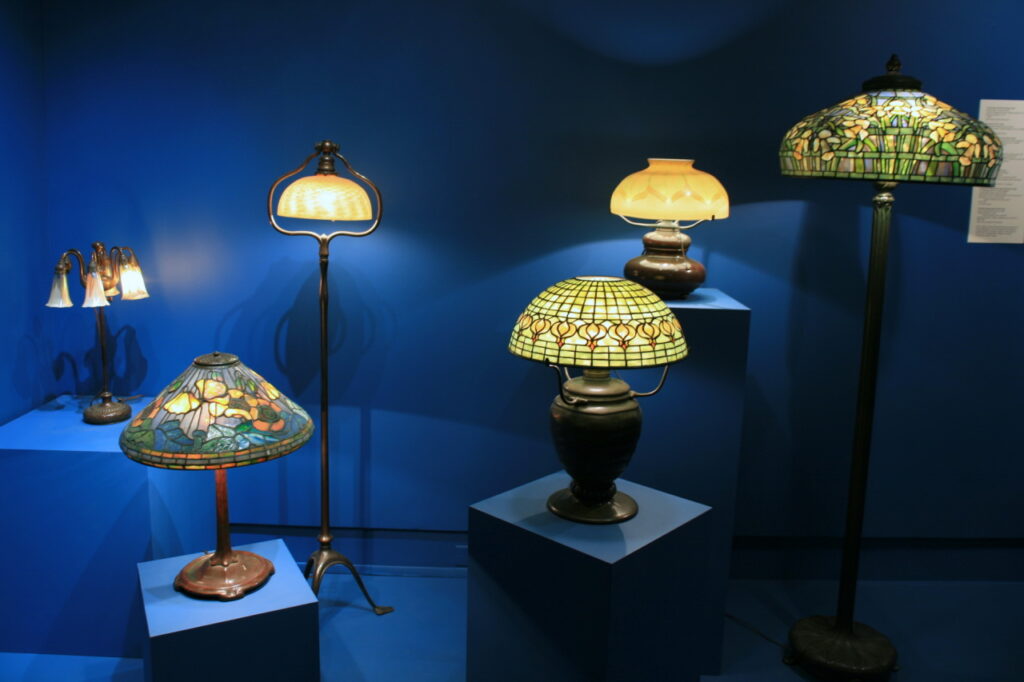
Tiffany lamps were created in the United States in the late 19th and early 20th centuries. Provenance often links to the Tiffany Studios or private collectors. Known for colorful stained glass shades, these lamps are highly sought after. Prices can range from tens of thousands to over a million dollars.
Each lamp is handcrafted with unique patterns and materials. The condition of the glass and base affects value. Their artistic and functional appeal makes them collectibles. They represent an important period in decorative arts.
Roman Coins

Roman coins date back to the Roman Empire, spanning from around 27 BC to 476 AD. Provenance is often traced through archaeological finds and historical collections. These coins vary in value depending on rarity and condition. Some rare coins can sell for tens of thousands of dollars.
They offer insight into Roman history, rulers, and economy. Authentic coins have identifiable markings and patina. Collectors prize them for historical and artistic significance. They are widely studied and exhibited.
Art Nouveau Jewelry
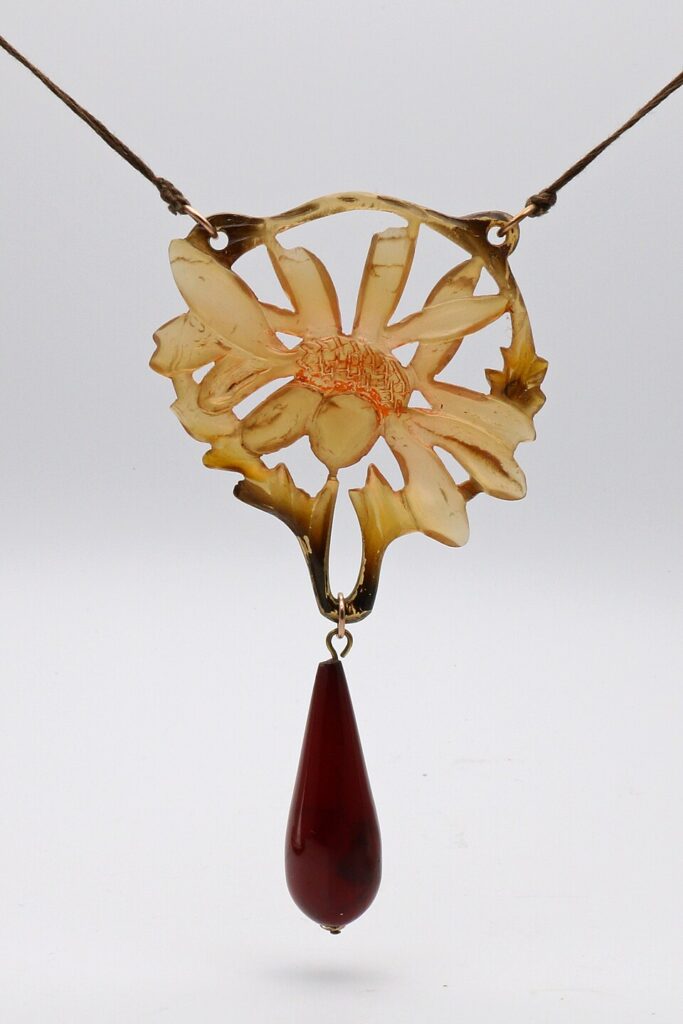
Art Nouveau jewelry was made in Europe from the late 19th century to the early 20th century. Provenance usually connects to famous makers or prominent owners. These pieces often feature natural themes and flowing lines. Prices range widely, with rare pieces reaching hundreds of thousands.
Materials include enamel, gold, and gemstones. The design reflects the artistic movement of the time. Authenticity and maker marks add to value. Their beauty and style remain admired today.
Ancient Greek Pottery
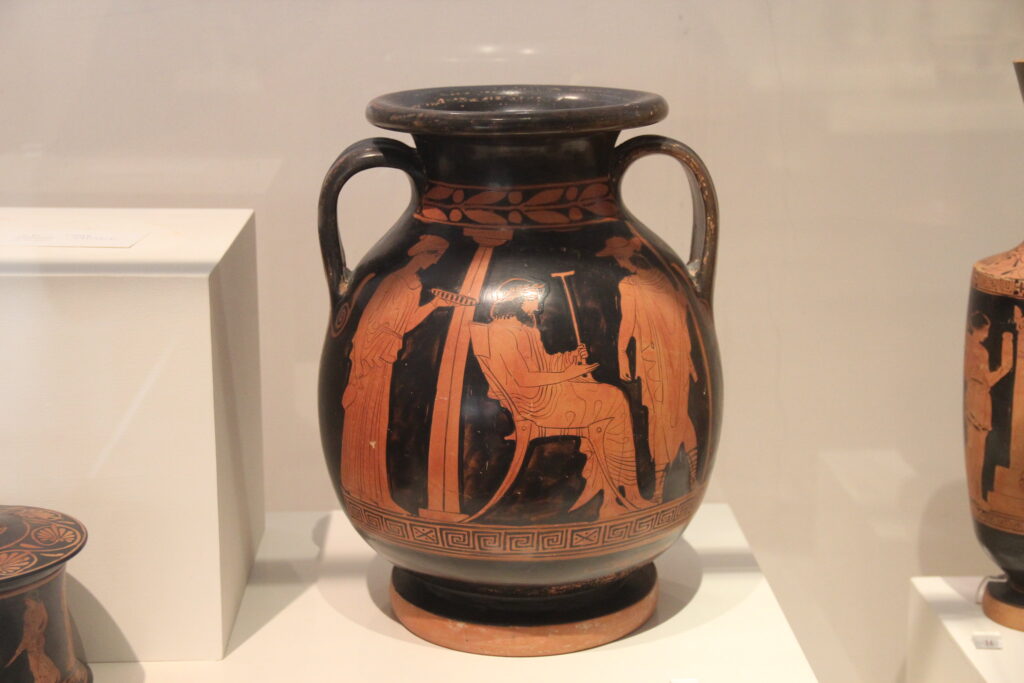
Ancient Greek pottery dates from around 1000 BC to 300 BC. Provenance is traced through excavation sites and museum records. These vessels often feature mythological scenes and daily life. Market values depend on age, condition, and imagery, sometimes reaching high prices.
The pottery illustrates ancient Greek culture and techniques. Hand-painted designs are unique to each piece. Legal documentation is important for trade. They are prized by historians and collectors alike.
Victorian Jewelry
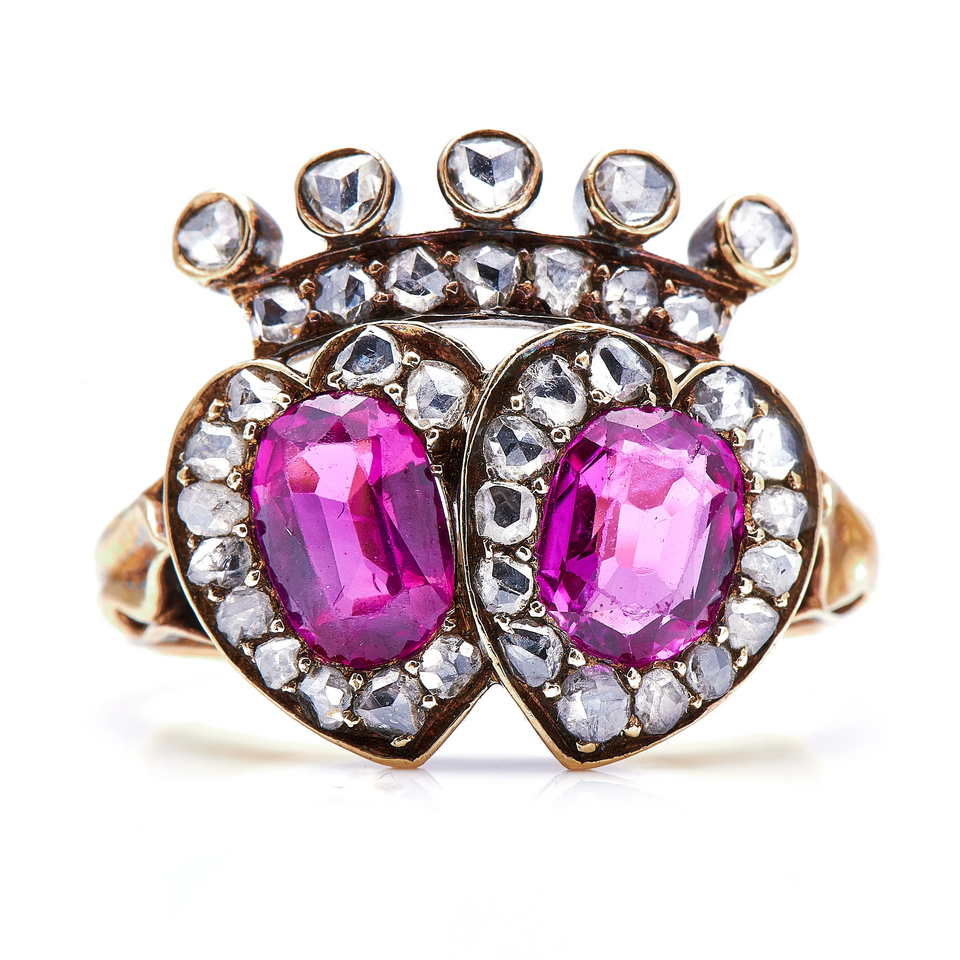
Victorian jewelry was popular in the United Kingdom from 1837 to 1901. Provenance often links to notable families or royal connections. These pieces vary from mourning jewelry to elaborate diamond sets. Market prices depend on materials, condition, and history.
Materials include gold, diamonds, and colored gemstones. The designs reflect Victorian tastes and symbolism. Authenticity is verified by maker’s marks or provenance. Victorian jewelry remains fashionable among collectors.
Faberge Silverware

Fabergé silverware was crafted by the House of Fabergé in Russia in the late 19th and early 20th centuries. Provenance often links to the Romanovs or wealthy patrons. These items are known for delicate designs and precious metals. Prices can reach hundreds of thousands at auction.
Silverware includes trays, tea sets, and cutlery. The quality of workmanship is exceptional. Documentation confirms authenticity. These pieces are symbols of luxury and history.
Renaissance Paintings
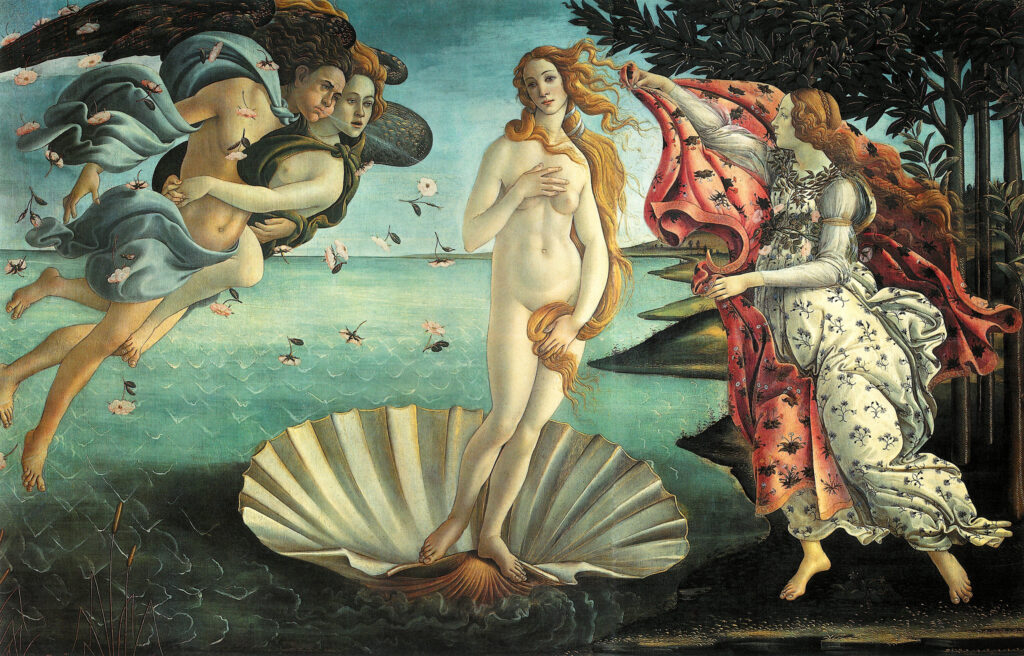
Renaissance paintings were created in Europe from the 14th to 17th centuries. Provenance usually traces back to noble families or religious institutions. These works often feature religious or classical themes. Market values range from millions to tens of millions of dollars.
They showcase breakthroughs in perspective and realism. Condition and restoration history affect value. Authenticity is critical and often involves expert analysis. Renaissance paintings remain cultural treasures.
Etruscan Jewelry

Etruscan jewelry comes from the ancient Etruscan civilization in Italy, dating from 700 BC to 200 BC. Provenance is traced through archaeological discoveries and museum collections. These pieces often include gold and intricate designs. Market values vary widely based on rarity.
The jewelry reflects ancient metalworking skills. They often feature detailed patterns and symbolism. Legal provenance is important for sales. These artifacts reveal a rich cultural history.
Qing Dynasty Jade
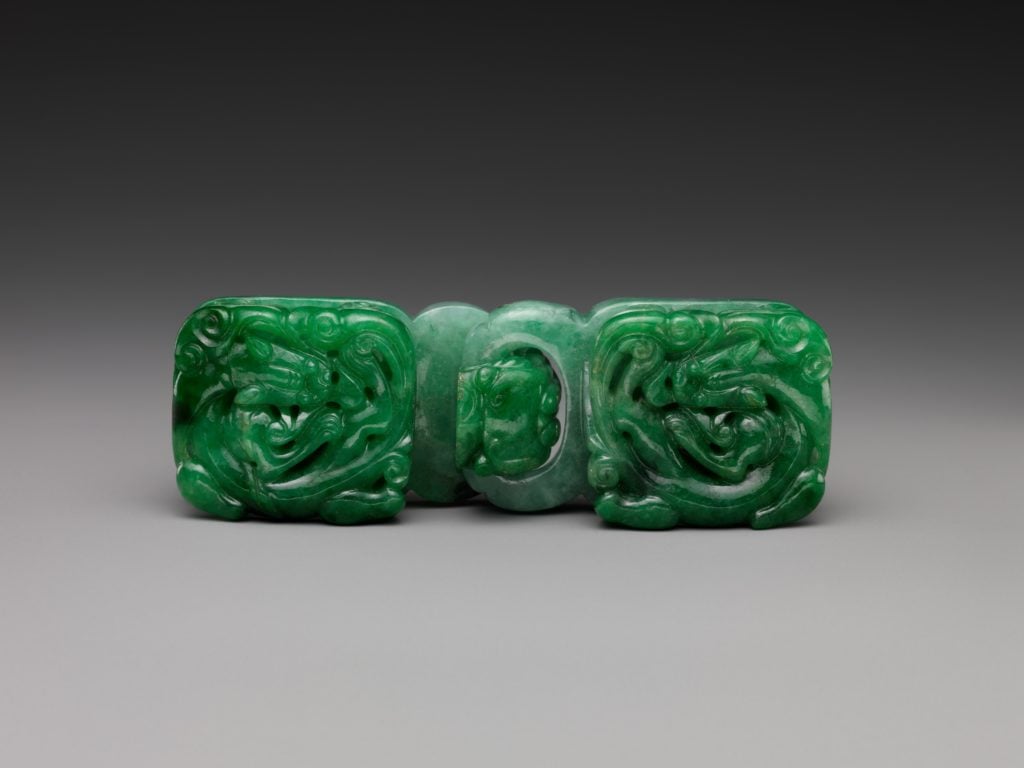
Jade carvings from the Qing Dynasty date from the 17th to early 20th century in China. Provenance is often documented through imperial collections. These jade pieces can be highly valuable, sometimes reaching millions. They are prized for craftsmanship and symbolic meaning.
The quality of jade and intricacy of carving affect price. Jade was used for jewelry, ornaments, and ritual objects. Provenance adds to historical importance. Qing jade is a prized collectible.
Native American Pottery

Native American pottery spans many cultures and periods, often handmade with unique designs. Provenance is usually traced through tribal records or archaeological sites. Values vary widely based on age and artist. Some pieces sell for tens of thousands.
The pottery reflects cultural traditions and techniques. They are often used in ceremonies or daily life. Authenticity and tribal provenance are important. Native American pottery is highly respected.
Empire Clocks
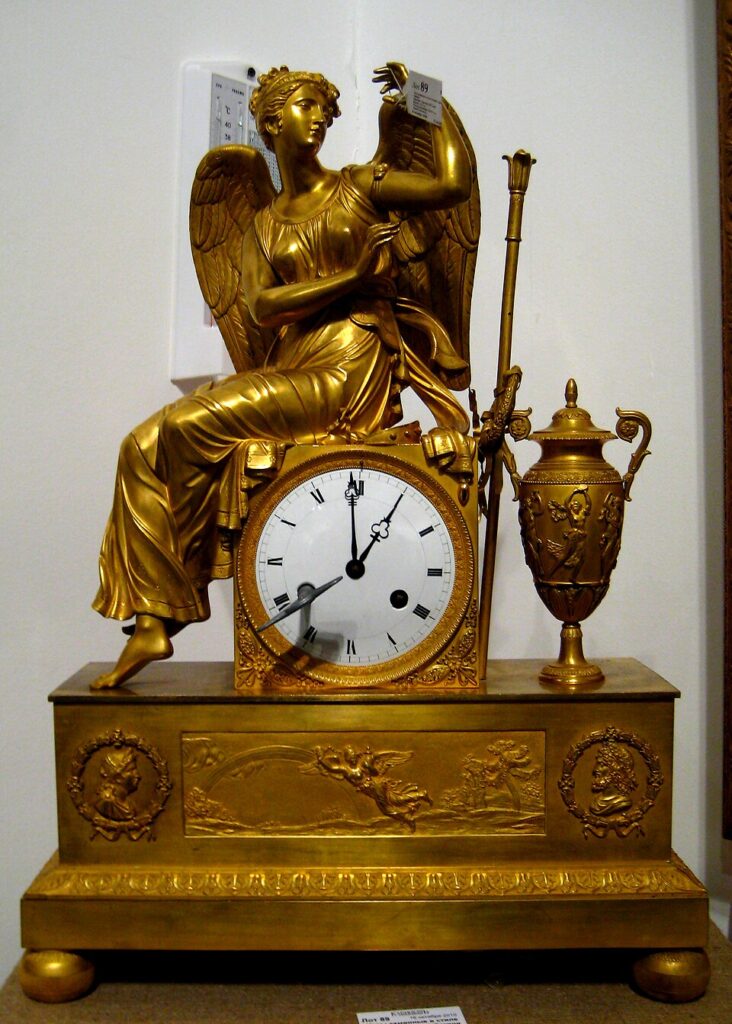
Empire clocks were made in France during the early 19th century, reflecting Napoleonic style. Provenance often connects to aristocratic families. These clocks feature bronze, gilt, and classical motifs. Market prices often range from tens to hundreds of thousands.
They are valued for both function and decoration. Craftsmanship and condition greatly affect price. Documentation of origin adds to value. Empire clocks remain collector favorites.
Persian Rugs
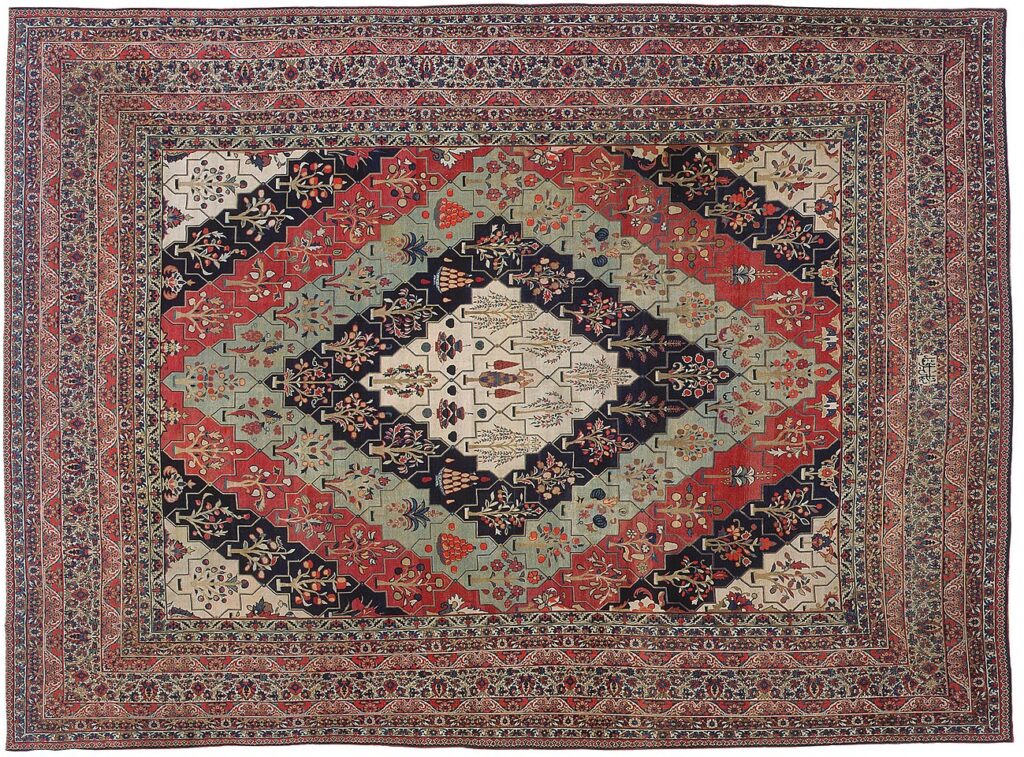
Persian rugs have been made for centuries in Iran with detailed patterns and hand-knotted fibers. Provenance may link to specific regions or workshops. Antique rugs can sell for thousands to millions. Their craftsmanship and age are key to value.
The materials and weaving techniques vary regionally. Condition and pattern complexity affect price. Documentation enhances trust for buyers. Persian rugs are treasured worldwide.
Rococo Mirrors
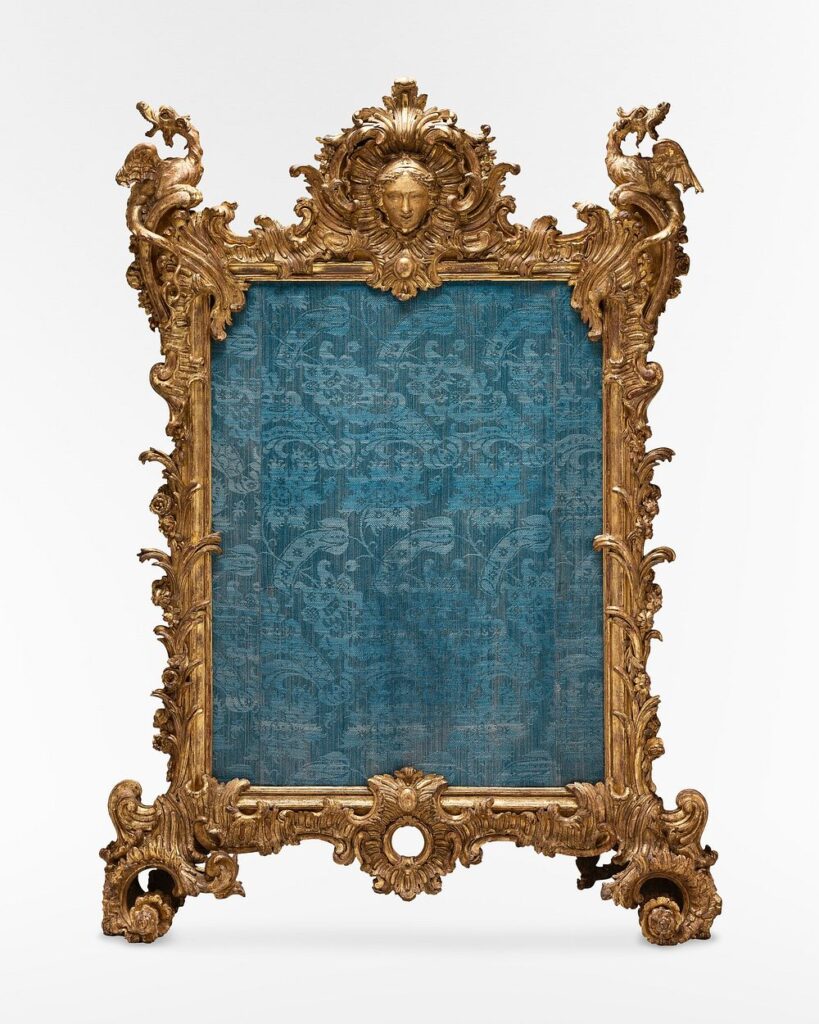
Rococo mirrors were made in 18th-century France with elaborate carved frames. Provenance often connects to royal or aristocratic homes. These mirrors feature curves, scrolls, and floral motifs. Market values can reach tens of thousands.
They reflect the opulence of the Rococo style. The condition of glass and frame is important. Authentic provenance adds to desirability. Rococo mirrors brighten elegant interiors.
Art Deco Sculptures

Art Deco sculptures appeared in the 1920s and 1930s with sleek, geometric designs. Provenance often connects to notable artists or collectors. Market prices range widely, from thousands to millions. These pieces are prized for style and craftsmanship.
Materials include bronze, marble, and glass. The style reflects the modernity and luxury of the time. Condition and artist influence value. Art Deco sculptures remain popular decorative art.
Understanding the history and provenance of coveted antiques adds depth to their value and appeal. These pieces connect us to different times and cultures, making them more than just objects. Whether collecting or investing, knowing their background helps make informed choices. Adding such treasures to a collection brings both beauty and a sense of connection to the past.
This article originally appeared on Avocadu.
